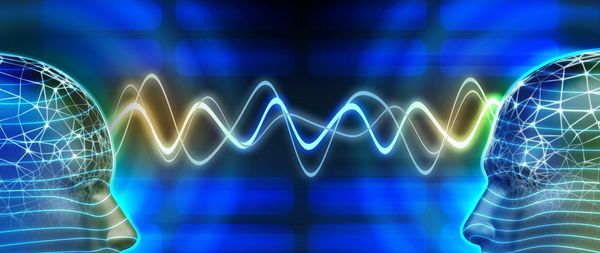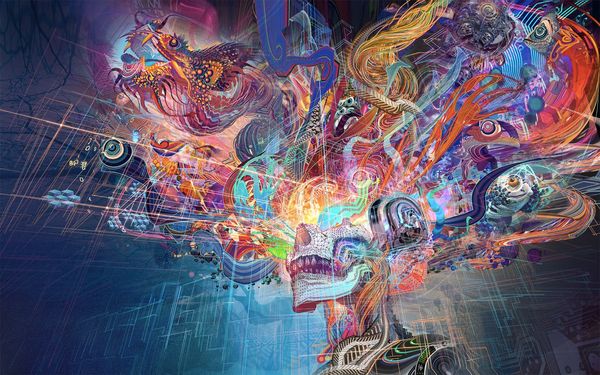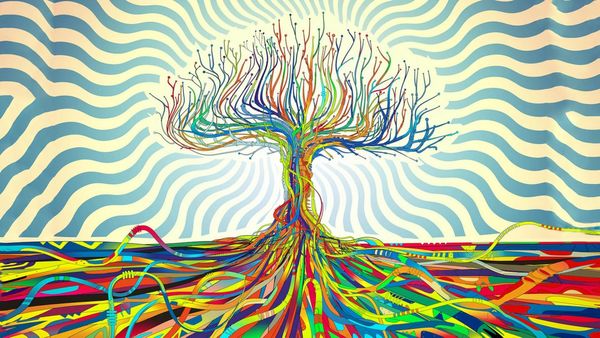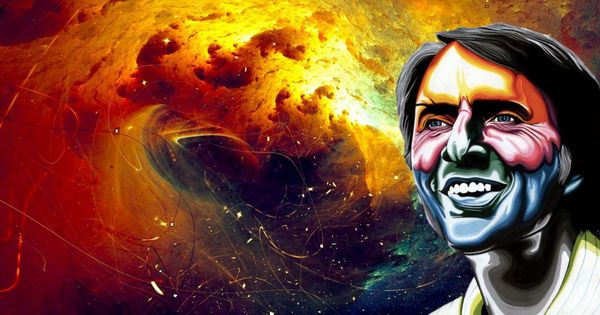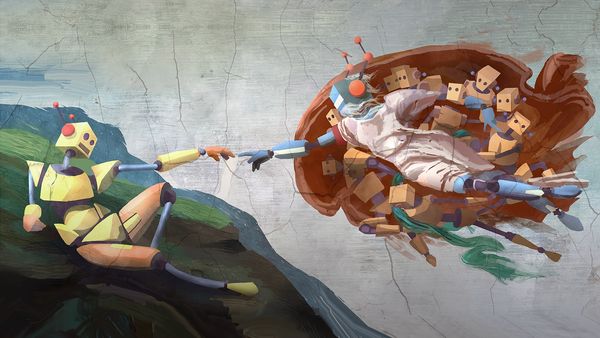Michael Garfield • • 4 min read
Copernicus & Goldilocks: Doubting Our Horizons
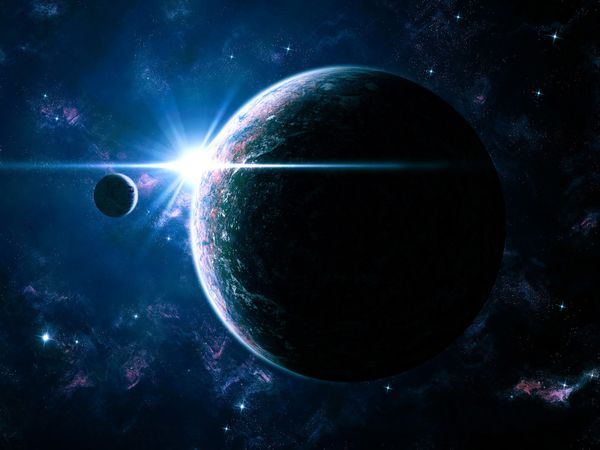
We are coming up on the end of the Copernican Revolution – which in typical human fashion we prided ourselves as having finished a few centuries early. “Everyone knows” that the Earth revolves around the Sun, now, but it still hasn’t sunken in to most people, it seems, that the real takeaway lesson with modernity was that in whatever inarguable ways we believe ourselves to be special – we’re not.
The accepted story of physics right now is that we live on a miraculous, impossible planet where solar eclipses can happen because the Moon is the same apparent size in the sky as the Sun, and where our orbital wobble, the Precession of the Equinoxes, takes exactly as many years as we are light years from the center of the galaxy – which just so happens to be a cozy intermediate zone where core radiation won’t melt DNA and the frigid depths of space don’t render chemistry a moot point. (And all chemistry is biochemistry, it seems .) Above it all, we live at a special moment in the life cycle of our star, a narrow window before it swells to consume the entire Earth. Statistically, life is impossible, but if it’s possible anywhere, it’s here – in this impossibly convenient place.
This is the Goldilocks Hypothesis, and it’s junk. If we’re going to take the Copernican Revolution all the way, let’s go there: we are perfectly adapted for this place because life is always adapted to its surroundings. All that hawking radiation from the supermassive black hole at the galactic center might boil carbon-based life, but as NASA’s astrobiologists are quick to remind us there’s no reason to suppose that heavier elements haven’t grown metal minds, evolving at breakneck pace in the roiling creation, linked through the instantaneous communication of frictionless superfluid field dynamics, vortices within vortices.
(Science fiction authors – and more fanciful scientists like Stuart Hameroff – would call this telepathy by wormhole communication, some kind of biologically-maintained eigenstate persisting in a warm wet pocket of flesh, a secret world framed by some analog of microtubules. Maybe we too can use our own quantum neurochemistry for instantaneous communication, at which point all of this silicon twittering will seem like sails and steam engines.)
Fast life on fast worlds. Slow life on slow worlds. We don’t recognize them as life here on Earth, where the temperature and frame of reference is “juuuuust right.”
We don’t recognize these other life forms, like we don’t see infrared or ultraviolet, but nonetheless in both cases similar geometries persist at levels accessible to us with technology: peering into space to see the intergalactic ion channels forming networks of association indistinguishable from the neuronal connections in your own brain, or heart, or gut, how pompous are we to stand back from the microscope and say that we are the pinnacle of evolution?
“Dude, we’re like the exact middle of evolution” – which by the way, is not a line but a hyperdimensional fractal where from any place we stand there are horizons of sensibility that preclude our gaining any ultimate reference point. Our own biocentrism is not just a compelling theory of subject-object interdependency, it’s also the invisible environment of our elitist prejudice. Just as we educated modern people know that if you walk to the horizon you’ll never get there, the educated 21st Century postmodern human GETS that the whole world is replete with horizons, and mind is on the other side of each of them.
(Plants react to human emotional fields? Well then forget it – I don’t know who is more evolved than what.)
What we think of as alien, or the transcendent, is constantly changing as we grow. Once upon a time it was the tribe over the next hill; today Kevin Kelly talks about us meeting indisputable alien intelligence first through our children, the machines. The self is found in new others, increasingly disparate manifestations. As selfhood extends beyond the flesh, so does influence – after all, you can’t move your arm if you think of it as “over there.” But this new being moves under new motives. (We will continue to argue over the very definition of “transhuman,” because both Google and Gaia technically fulfill the criteria, but do so in ways that don’t satisfy our own human transcendental urges.)
Enlightenment as a means to spiritual power is a bait and switch, because by the time you get there you’re working for the Good of All. Which is exactly why you can’t get there impelled by mere self-salvation; you can’t be possessed by the local self-image and get the unity of being simultaneously. It’s not a matter of destroying so much as looking past, the scalar “ecodelic” consciousness exalted by Richard Doyle in Darwin’s Pharmacy.
This is what machines are doing for us – giving us this long zoom, progressive over generations, until we are buying shirts over the internet with “You Are Here” signs pointing to the outer arm of the Milky Way. The Long Now Foundation is building a 10,000 year clock, while time-lapse movies of vegetative growth reveal remarkable dynamism and motility in the Kingdom of Plants. The Icarus Project is opening conversations about how we will evolve on generational seedships as we travel to other worlds, arriving there as aliens to our Earthling ancestors. Orbital video from the International Space Station went viral…
My alma mater is the University of Kansas, who recently launched a billboard campaign along Interstate 70 showing the Jayhawk, our mythical school mascot, between two pictures: one, the basketball stands, full of people in team colors; and the other, a wind-blown field of golden wheat. If I had seen that as a teenager, I might have revolted – “What kind of school subsumes the individual like that? Ew!” But today I see and respect a blend of heartland pride and humility in the juxtaposition. It’s a much more romantic view, after all. We didn’t get away from Nature…we are Nature, becoming aware of itself in a specifically human way.


